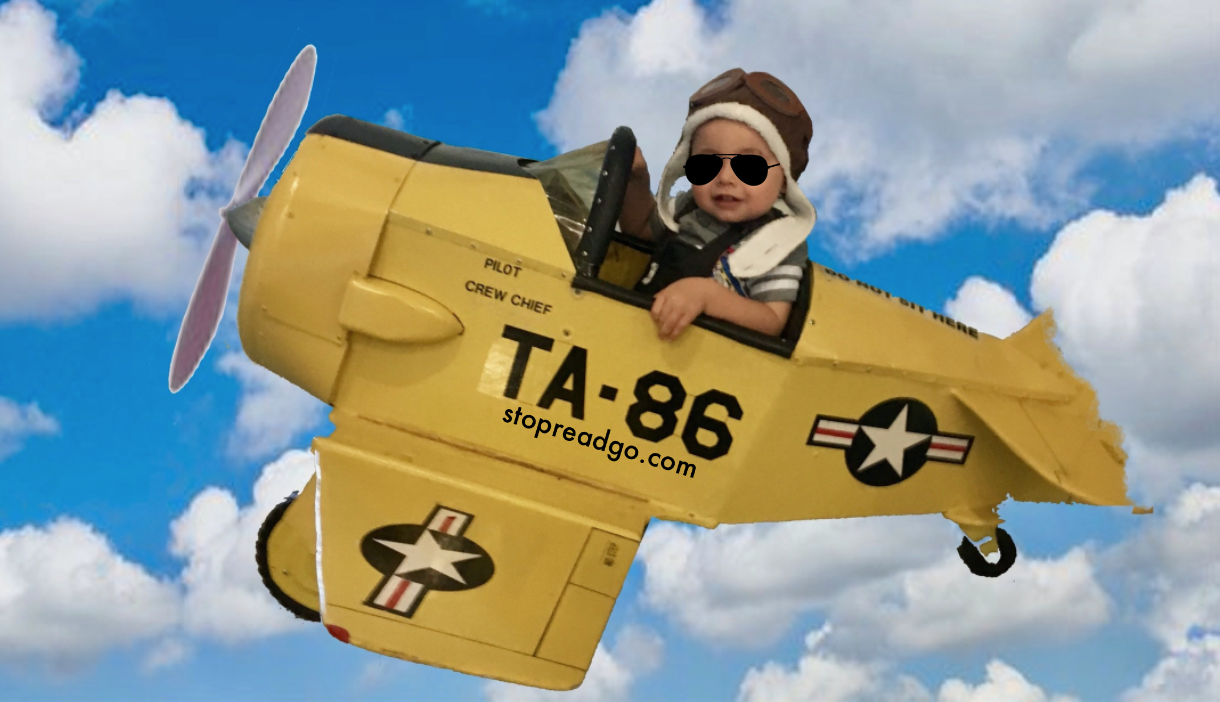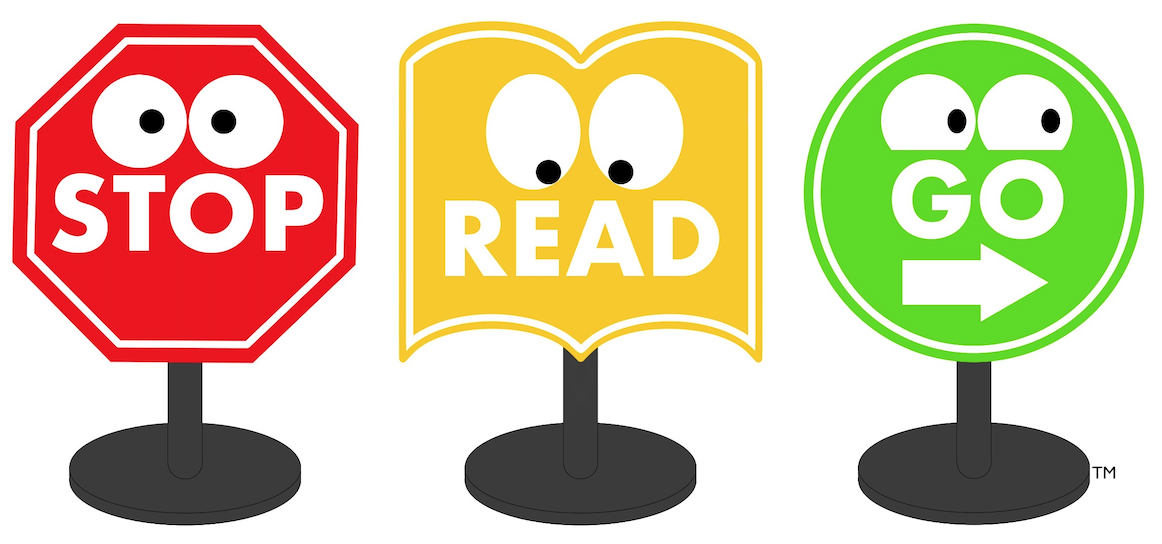There are certain external forces that can affect a child’s development. And depending on how strong these forces are, a child can either fly high, fly low, have a hard time flying or may never be able to take off at all. By understanding how these forces affect our children, we can better help them reach their highest potential.
First, let me explain how an airplane flies, in simple terms. There are 4 main forces that act on an airplane:
Gravity: The Downward acting force.
Lift: The Upward acting force.
Thrust: The Forward acting force.
Drag: The Backwards acting force.
As you already know, the force of Gravity is what makes everything fall towards the ground. The Drag is the wind resistance which slows the plane down. The Thrust is the force from the engines that push the plane forward. Finally, the Lift is what causes the plane to rise.

So, how are children similar to airplanes?
Airplanes are designed to fly. That is their purpose. Children come into this world with the built-in software and hardware necessary to survive and succeed in this world. However, in both cases, children and airplanes need to overcome certain external forces and make use of other forces in order to actually take off and fly. These forces may come in the shape of people, things, or even circumstances that act on our children which they may not even have control over. Basically, everything and everyone that surrounds them, aka their environment.
First, let’s talk about the people forces and how they affect a child. I’m going to break them down into 4 categories:
The Downer (Gravity): These people (it may be the parents, grandparents, siblings, cousins, uncles, friends, teachers, doctors, strangers, etc) have no faith in a child’s abilities and potential. They think of children as weak, incompetent, helpless, etc. They don’t trust the child and as a result, the child starts to lose confidence in himself. Some people might have the best of intentions, but may not even realize that their words or actions might be sending an unintended message: “I think you are incapable of doing this or that, so let me do it for you.” In this category are also those who bully the child, either verbally or physically.
The Puller (Drag): Some people hold children back or get in their way. These people prioritize themselves over their own children. They pull their children as if they were suitcases, something they need to carry around everywhere they go, and get annoyed by their presence or actions. They think of them as an inconvenience. They don’t care about the child’s opinions or feelings, and don’t allow them to make their own choices or decisions. In this category are also those who peer pressure the child into doing something they don’t want to do.
The Pusher (Thrust): These people, depending on how much force they apply, could have either a positive or a negative effect on a child. Some children may be a little more cautious than others (similar to the way commercial pilots perform their pre-flight checks before taking off), while some children are easier at taking risks (similar to the way fighter pilots take off in a matter of minutes in an emergency). We have to really get to know our children to better understand how much of a push they need or whether they want a push at all. We shouldn’t push children to do something they don’t feel comfortable with. But there are times when they might need just a little push in the right direction to get them started. But once they get their momentum going, stop pushing them. Let them take control of their own flight, let them decide their destination, and how fast they want to go.
The Lifter (Lift): These people are the encouragers and motivators. They don’t put their children down, they don’t pull them in the opposite direction from where the child wants to go and they don’t get in their way. They create a safe atmosphere and the right conditions (similar to the weather conditions) that allow the child to achieve their greatest (highest) potential. They know their children’s strengths and weaknesses, likes and dislikes, and they work with them, not against them. They trust them and allow them to make their own decisions. These people don’t fly the plane for them, the simply provide enough lift, motivation, resources and a safe environment to allow the child to fly for themselves.
Now, look in the mirror. Are you a Downer, a Puller, a Pusher or a Lifter? Then, look at the people that interact with your child. In what category do you think they fall in?
Maybe you think you are not in any of these categories. You are a hands-off type of person, you don’t want to apply any kind of force on the child. You let the kid fend for himself. You don’t push down, pull back, push forward or lift him up. What happens in this case? Just like an airplane, without any applied force, the child may never be able to fly on his own. The child might attempt to fly, but without the right guidance, motivation and resources, the child can quickly fall back down. But what’s even worse, if you are absent or don’t like to get involved, what usually happens is that other forces will quickly take over, and they are very likely to be the downer and pulling forces, or the extreme pushing forces.
There are other ways these forces present themselves, such as things or circumstances that may or may not be in your or your child’s control. Still, you should be aware of them, and when possible, try to change them or remove them from your child’s life, or at least, try to reduce their impact or counteract it with better stronger forces.
Confused yet? Let me give you a couple of examples:
Downward forces (Gravity): There are things that may be weighing your children down. Be wary of using screens and technology as babysitters or entertainers. Certain toys or electronic devices may be dumbing your child down, by letting the toy or device do the thinking for them, or causing so much noise and distractions that a child can focus or learn. In this category also fall familial, cultural or societal traditions or labels or expectations that may be applying the brakes on a child and preventing them from going where they want to go. An example would be “girls can’t do this or that” or “boys shouldn’t show any emotions or else…”
Pulling forces (Drag): Be aware of marketing (from tv shows, movies, video games, etc). Once a child is hooked, marketers can manipulate and pull the child in any direction. This force is so strong and so powerful, that not even the child or the parents realize the child is being manipulated. Now, everything the child does, eats, drinks, wears, plays, or learns has to be associated with that cartoon character, otherwise the child wants nothing to do with that thing or activity. These pulling forces prioritize themselves and their profits over what is best for the child.
Pushing forces (Thrust): Again here, there may be good pushes and bad pushes. Pushing accelerates, which means, it makes something move faster. However, if you apply the wrong force or too much force, it may cause instability and end in a crash. Artificial rewards (candy, ice cream, tv, stars, grades, etc) and punishments (no candy, no ice cream, no tv, no stars, bad grades, etc) are a perfect example of how we push children to do what they don’t want to do or what we want them to do. It may have instant results, but can have damaging lasting effects on a child. The best pushing force is the one they do for themselves (internal motivation). Attempting or accomplishing a task they set for themselves should be the reward itself.
Lifting forces (Lift): These are things that encourage and motivate a child to do something or learn about something without the need for rewards or punishments, without manipulation or distractions. These things should enable a child to become a confident and independent self-starter and self-learner. Children need practice and repetition to learn a new skill and to get better at it. Therefore, we need to provide them with enough time and a safe space to explore as well as the right objects to manipulate and opportunities to learn so they can become the best version of themselves.
“If something or someone is pushing your child down, you may need to increase the lift. If something or someone is pulling your child in the opposite direction, you may need to increase the push in the right direction”
Becoming aware of the many different forces that can affect your child is the first step. The next step is adjusting those forces so that you can increase your child’s chances of flying as high as they are willing and capable of flying.
Check out my BLOG to find other ways you can empower your child to achieve their highest potential.
